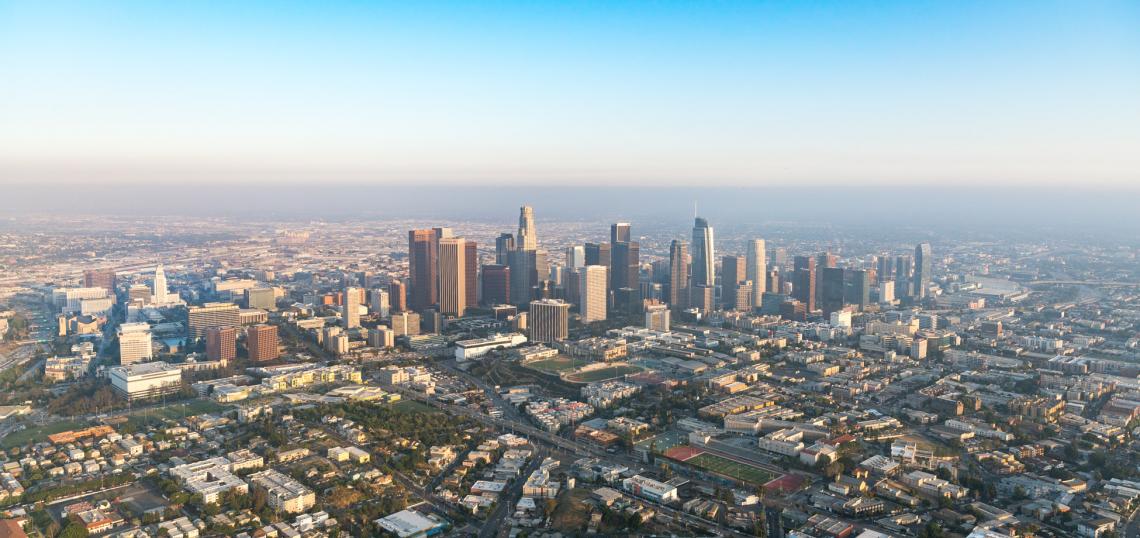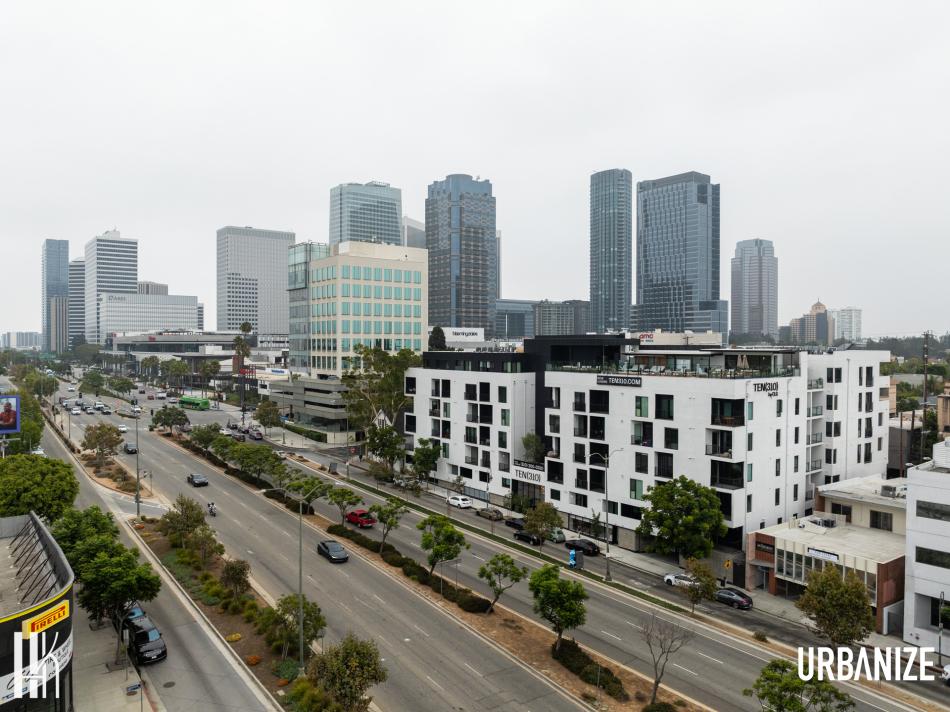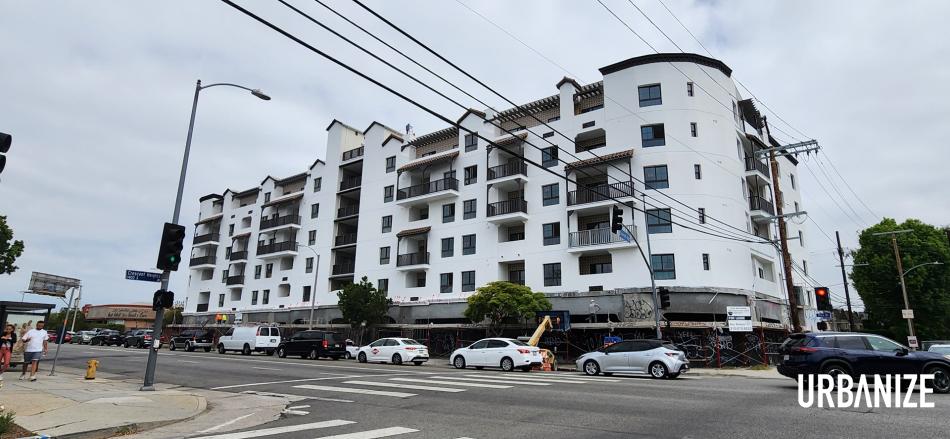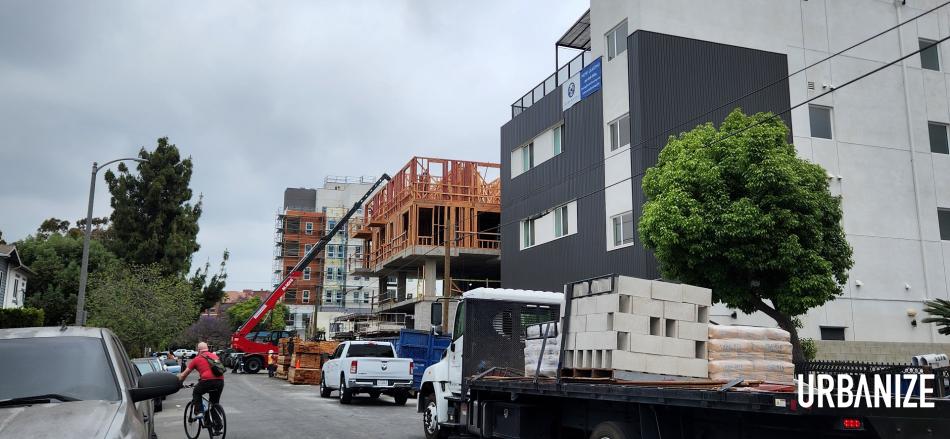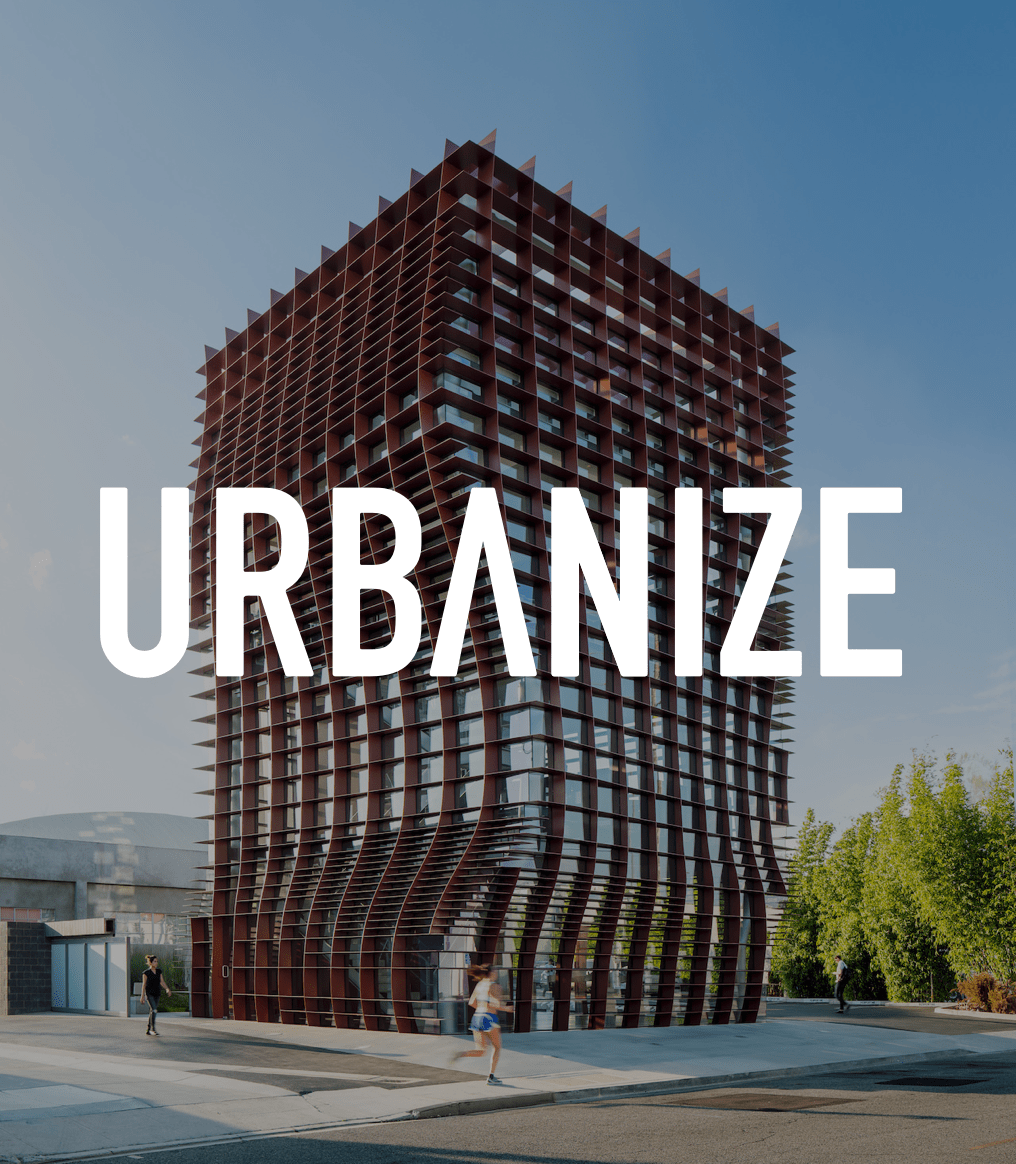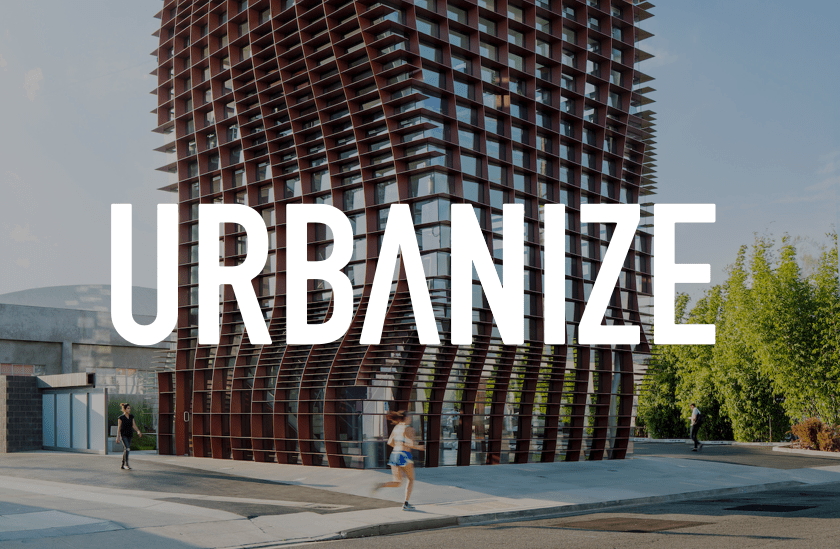With rising rents and slowing housing construction, Los Angeles’s affordable housing policies are only making the problem worse. These policies, which place fees on market-rate developments to fund income-restricted housing, come from a fundamental misunderstanding of the housing market. New market-rate housing, even if expensive, makes housing cheaper for all of us. People who move into new, expensive units open up less expensive units for others to move into, opening up even less expensive units. This is a vacancy chain, and it spans all the way from luxury developments to low-income neighborhoods. The more we build, the more housing opens up for low-income residents.
Yet the city of Los Angeles discourages market-rate development by charging fees to fund affordable housing programs. One of these is Measure ULA, the so-called mansion tax, which places a sales tax on all properties over $5.15 million, including multifamily homes, funding help households on the verge of eviction. This help cannot go unfunded, but previous articles from the LA Times and research from UCLA have come to the conclusion that Measure ULA’s taxation of market-rate developments only makes our city’s housing more expensive.
The Affordable Housing Linkage Fee (AHLF) is another of these fees that the city charges on market-rate development to fund income-restricted housing. The rationale is that low-wage construction jobs are linked to a need for low-income housing, which the program funds. Construction represents only a small portion of the city’s low-wage employment, and—more importantly—it’s the only low-wage sector that reduces housing pressure by creating new homes and generating vacancy chains. Ironically, it’s also the only low-wage employer that has to pay for affordable housing.
The AHLF is perhaps an even more damaging policy than Measure ULA. The AHLF fee is $23.20/sqft for residential developments in strong housing markets, which is about 5-10% of the cost of building paid at the time of construction (author’s calculation from Janover). Measure ULA, on the other hand, only charges a 5.5% fee on the sale of the property. Properties are sold years or decades after they have been built, which allows developers to significantly discount the Measure ULA tax, while the AHLF is paid up front by the developer.
The AHLF varies by the location of construction and is higher in strong market areas, like Westwood and Venice. These are the areas where housing is the most expensive, making them the areas where new housing is the most needed. Further, charging a lower rate, only $10.32/sqft for residential developments in weak markets like South Los Angeles and Sylmar, encourages gentrification and displacement. By making it cheaper to build in low-income neighborhoods, the policy channels new development into communities most vulnerable to displacement. Meanwhile, the high fees in strong market neighborhoods effectively wall off wealthier parts of the city from taking on new housing growth.
The fee also varies by use of the development. It is only $6.44/sqft for commercial developments in strong market areas. Commercial developments do not create new housing, but do often create new low-wage service jobs, yet they pay less than a third of the fee.
Despite this, the LA Times Editorial Board published an article supporting the AHLF. The article claims it is “possible” for the fee to increase the cost of housing, but that it is a necessary evil to get income-restricted housing built. First of all, it isn’t “possible” that fees increase costs; it is certain. And there are other funding sources that don’t penalize housing construction, capable of paying the $30 million a year generated by the AHLF for income-restricted housing. Excise taxes on the cigarette and alcohol companies that have contributed to our homelessness crisis through addiction could certainly meet this gap.
Another strong option is a small sales tax increase. A 0.02-0.04% increase should cover the AHLF revenue (author’s estimation from Measure A revenue). LA County already generates $1 billion/year from the Measure A sales tax for housing and homelessness services. While sales taxes are regressive, as lower-income households spend a larger portion of their income on taxable goods than high-income households, a sales tax to fund affordable housing would be effective at making the city more affordable for low-income households. Sales taxes for other purposes, like Measure M funding transportation infrastructure, are regressive taxes that fund programs everyone uses. A sales tax for affordable housing development, on the other hand, is a regressive tax that funds programs exclusively used by the poor. Despite the tax being regressive, it can still make the city more affordable, importantly, without discouraging housing development.
Developers already pay fees for new infrastructure and the impacts of their developments. Additional fees on developers for income-restricted housing construction forces them to pay for a problem they themselves are solving. It's completely backwards. The city needs to find other sources of funding for income-restricted developments because the only way that developers will build is if they are able to make a profit. Further, Los Angeles needs to shift the way it views housing policy: the developer can no longer be an endless source of revenue; they are our ally, because they are the only ones that can get us out of our housing crisis.
Connor Spencer is a researcher at UC Davis studying California’s Sustainable Communities and Climate Protection Act.




